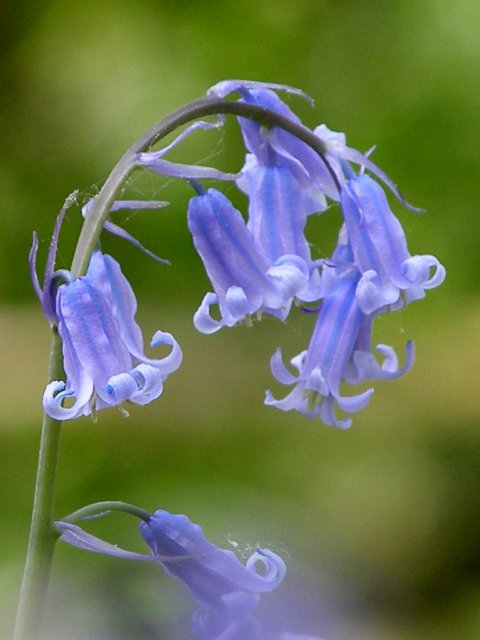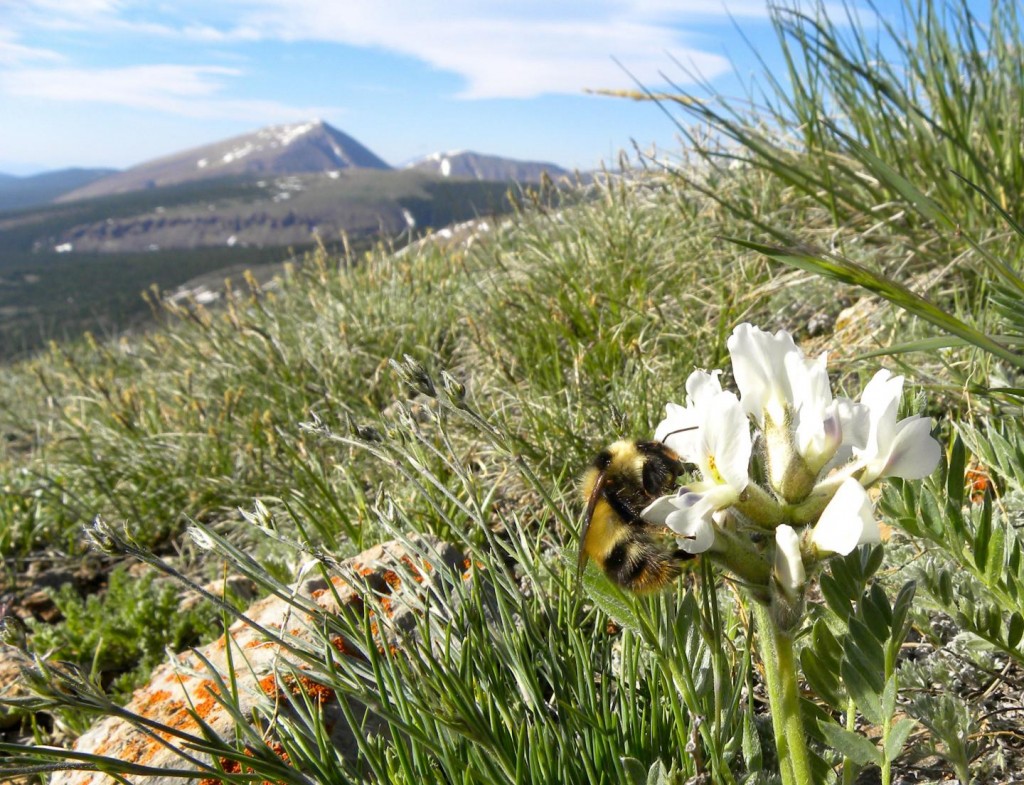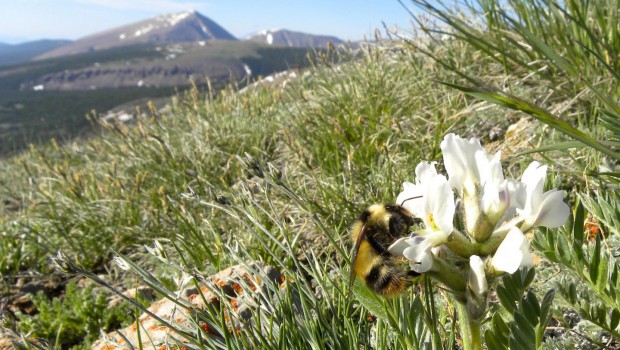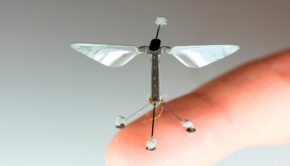Climate Change Limiting Bees’ Food Supply
We all know bees live on flower nectar — “honey”, in market terms. Day in and day out, they go from site to site, flower to flower, to bring back some sweetness into its nest. And as their act of payment, they also pollinate the flowers they visit, just to give thanks.
But a recent paper in Science Magazine indicates that human-induced climate change is reducing a particular type of plant with long-tubed flowers, and the humble bumbles are adapting to these changes by growing shorter tongues.
When warmth doesn’t help relationships
Flowers beautify our backyards during the spring and summer, and long-tubed ones like the dangling bluebell are especially pleasing to look at. Researchers across America, led by Nicole E. Miller-Struttmann from the University of Missouri’s Division of Biological Sciences, reveal that long-tongued bumble bees have actually co-evolved to pollinate these long and dangly flowers, a task unfit for other insects.

Bluebell flowers possess long corolla tubes, fit for bumble bees with longer tongues. (Photo credit: Jim Champion)
The very existence of such “flowers of extraordinary length” was a phenomenon that puzzled even naturalist Charles Darwin; he suggested some plants have evolved due to a race among pollinators to change their collecting mechanisms – growing longer tongues not for beauty but efficiency. As stated in their paper, Dr. Struttmann and her team agree:
“Long-tongued pollinators specialize on flowers with deep corolla tubes, whereas shorter-tongued pollinators generalize across tube lengths. The match between flower tube depth and pollinator tongue length influences resource acquisition and pollination effectiveness. For bees, hummingbirds, bats, moths, and flies, morphological matching increases handling efficiency on flowers.”
Bumble bees are among those winning pollinators to have successfully adapted on their part. But now, warmer summers and declining long-tube flowers are forcing them to adapt once again — reducing their tongue length. To the scientists’ amazement, this climate-induced evolution occurred within just 40 years.
But the culprit wasn’t obvious from the beginning. “It’s very hard to figure out what is happening to species as the climate warms”, says Koos Biesmeijer from the Naturalis Biodiversity Center in Leiden, Netherlands.
While it was certain that long-tongued bees were declining in numbers, the team had to carefully examine the Colorado hives of long-tongued alpine bees to figure out why. Through studying the bees and their host plants, they ruled out possible reasons as decreasing body size, competition from invaders, and co-evolution with plants of the area. Instead, as the team indicates, it is indeed a result of reduced numbers of the deep flowers these species preferred, pointing the finger to climate change.
“Warming summers [are] forcing the insects to be general foragers… feeding across remaining flowers, including many shallow flowers.”
While this change in bumble bees may seem far-fetched from our own lives, it serves as a signal for what may be to come if warming effects become more widespread. It’s evident that climate change has already proved its ability to decouple well-established mutual relationships between bees and plants; “The pattern seen here may predict future effects of climate change in other systems,” says the authors.

Queen bumble bee, Bombus balteatus, is foraging on Oxytropis sericea flowers on the alpine tundra of Pennsylvania Mountain. (Credit: Christine Carson)
So the bees have found a way to cope with the undesirable effects of climate change; how will humans adapt to what may go beyond our body’s temperature endurance? Technological advancement like better cooling, venting, and heating systems can bring figures of comfort, but face it, beyond a certain tipping point, climate change can drastically alter our own systems from body to land and sea.
Compared to decreasing flowers, rising oceans and melting ice caps, for example, could cause more dangerous and less measurable situations. In 40 years time, can we evolve to such changes too? If we even have that time. Perhaps taking more proactive actions to decrease our carbon footprint is the smarter alternative.
Either way, these scientists’ findings are quite thought-provoking as it’s indicative of where we stand. At the very least, we can certainly learn from those humble, tiny species, not to grow our tongues out, but to adopt effective measures, in accordance with our own capacity, to survive as homosepiens.
Related papers:
Functional mismatch in a bumble bee pollination mutualism under climate change – Science Magazine









![20 Apps to Reach Your Goals [Infographic]](https://technofaq.org/wp-content/uploads/2018/05/pandasecurity-tracking-apps-to-help-reach-your-goals-150x150.png)





